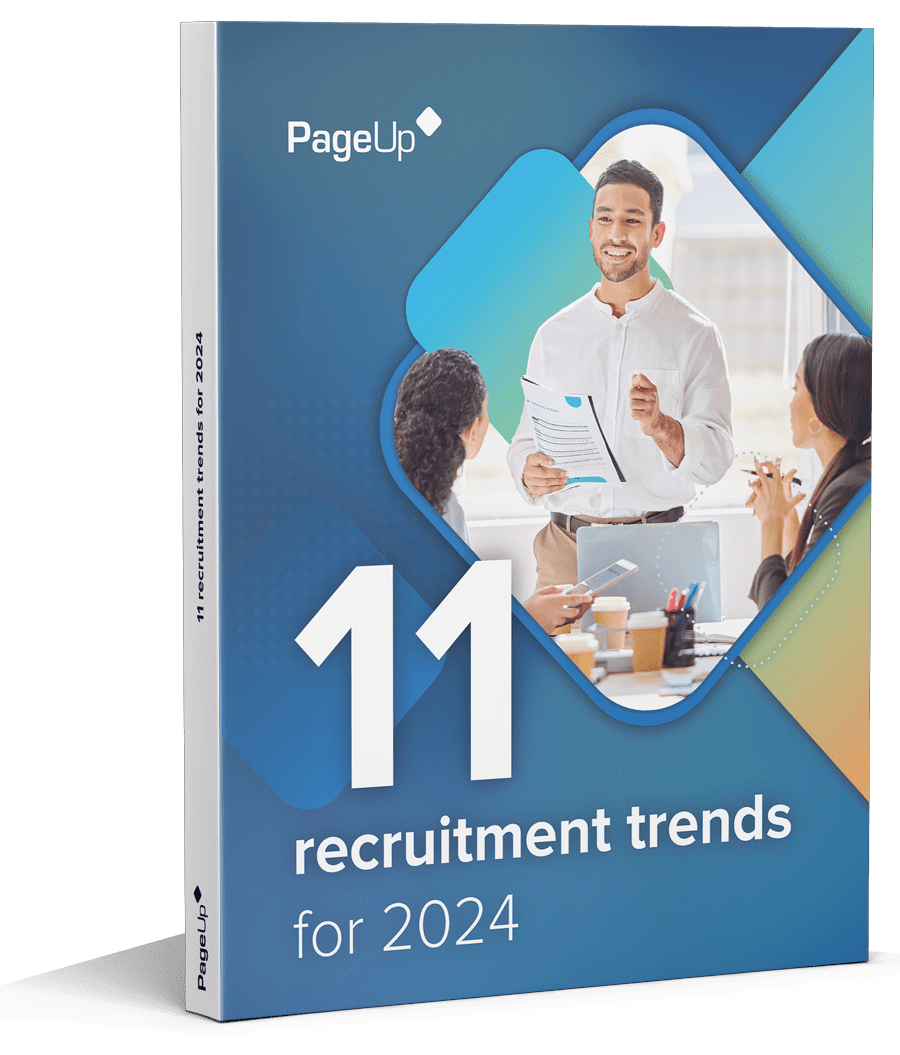When it comes to recruiting at scale, Coles is an industry expert. With up to 30,000 roles filled each year, the hiring team knows how to find the best person for the role, while maintaining a great candidate experience at scale. Here are 9 secrets to their success:
1. Understand what a day in the life of a recruiter looks like
If you want to hire at scale, first walk a mile in a recruiter’s shoes. According to Paul West, Coles Technology and Process Manager, doing so helps you understand a recruiter’s daily activities, pain points and frustrations. “Understanding their activities from one click to the next helps to design a simple process that adds value to the hiring manager, the team and the organisationorganization,” says West. Paying attention to the nuts and bolts of the recruitment process helps to strike a balance between usability and output – something that West acknowledges is “very difficult to get right.”
2. Your candidates are your customers
“We’ve noticed a shift in the industry towards looking after the candidate experience,” West says. “Whether the candidate is or isn’t successful, they should still leave with a positive impression of your organisationorganization.” This is particularly true for a big retailer like Coles, where most of its applicants will also be current or potential customers. No matter the size of your organisationorganization, today’s candidate may be tomorrow’s customer: their experience could determine whether they want to do business with you or recommend a friend work or buy from you in future.
3. Reduce time to hire to avoid losing candidates
Once you’ve found the right person for the role, how do you make sure they don’t ‘ghost’ you? For West, efficient onboarding is one of the most vital aspects of recruiting at scale. If not done properly, you risk losing star employees. “You spend all this time and effort trying to locate the right people, you go through an interview process and a suite of checks, then you get to the end, and often the recruitment process can fall over.” West says.
“If your metrics indicate that you’re getting a high percentage of no shows on day one, that could mean you’re taking too long to secure candidates and tick that last box to link recruitment to your onboarding processes.
“Focus on improving and speeding up the steps from job offer through to getting new starters in the door for their first day.”
4. Automate communications
It can be particularly difficult for organisationsorganizations with large, dispersed workforces to ensure a consistent recruitment process between different stores or locations. It’s a problem even large retailers like Coles have experienced.
“We used to go through the interview process, and it would take a day or two or potentially longer for our recruiters to be notified of how those interviews went. So, we’re already a couple of days behind in terms of speeding people through those final steps,” says West.
Timely communication is the first step to maintaining quality recruitment processes at-scale.
“PageUp worked with us to find a solution where real-time communication could be rolled out,” West says. As a result, the Coles recruitment team can now update statuses, progress candidates and gain approvals through the system in real-time, which can be instantly picked up by stores in other locations.
“It increased the visibility and the speed that we can move people through to those next steps. If you’re reflecting on the big picture, you’re taking a process which was manual – whether it’s phone or email – and you’re shifting to a platform that everyone can use for all of their recruitment needs.”
5. Turn to technology
For Kirsty Williams, Coles National Operations Recruitment Manager, technology is a vital recruitment aid that helps manage multiple stakeholders and provide a single source of truth.
“We like to work at pace and we need to have multiple people involved in setting up a basic requisition. There’s a lot of people that want to be involved in decisions such as whether it’s the right time to recruit,” Williams says.
Williams and her team rely on the PageUp job card to keep track of each job posting, adding as much detail as possible to each card to eliminate the need for multiple contacts, emails and phone calls.
“We put all that information in at one point, and then that information flows through to the other stakeholders involved. By the time recruitment receives that job card, it has all the detail needed to move quickly on getting out to market to capture the best candidates,” says Williams.
6. Encourage internal mobility
Hiring from within your organisationorganization saves time and money that would otherwise be spent on advertising, recruitment agencies, screening and interviewing candidates. Internal mobility is a recruiter’s secret weapon when hiring at-scale – but only 28% of recruiters say internal talent is an important source of people to fill vacancies. What’s more, 50% of respondents in Deloitte’s 2019 Human Capital report said it was easier for employees to gain employment outside of their organisationorganization than internally. The best talent may already be in your organisationorganization – but if recruiters and hiring managers don’t have transparency of internal skills, this star talent will be overlooked.
“We try and be transparent with our vacancies to enable people to express their interest or apply internally,” says Williams. “We always ask before we recruit: Am I utilizing my existing team? Are there other team members or other people out there in other stores that can fill this vacancy?”
To promote internal mobility, organisationsorganizations should measure and communicate from the top-down its importance in delivering great outcomes. Managers should be encouraged to embrace and support internal mobility, and employees should have visibility of open opportunities. When done well, organisationsorganizations can experience lower churn, longer tenure and a more engaged workforce.
7. Know what to automate
What’s the one process you would automate if you had to recruit at scale tomorrow? According to Williams, the most important process to automate is the application stage. Asking an applicant specific questions about the role they’re applying for allows them to understand the role and self-qualify or disqualify themselves as suitable candidates. It also allows Coles to collect valuable information about the most suitable applicants at the very first stage of recruitment.
“Ask questions that will exclude people that don’t meet the basic criteria of the role. You can automate that process to ensure that if somebody answers a question a certain way, that they will be automatically discounted.
“There are some scoring options in PageUp. We can add scoring into answers so we can make sure we get that funnel of candidates down to the best suited candidates first.”
8. Talent pooling
The secret to recruiting at-scale? Robust talent pools and proactive sourcing. Yet as few as 14% of organisationsorganizations are actively talent pooling, according to PageUp research. From expressions of interest campaigns to engaging silver-medallist candidates with personalisedpersonalized email communications, there are a variety of ways to build pools of warm, pre-qualified people for the role.
“We constantly run expression of interest campaigns. If a candidate was to go to our website and there wasn’t a job in that specific location, we give them a chance to register and tell us they want to work with us,” says Williams.
“That builds a really great pool of people that want to work within our business. We get some basic information that helps us target the individuals around certain areas, then directly target those candidates and let them know when jobs come up in those locations. As a result we can quickly turn around some of our job vacancies.”
9. Engage internal stakeholders
As your processes evolve, quite often your tech will have to as well. When you’re scaling your talent management processes, make sure you get buy-in from relevant stakeholders.
This will keep the project aligned with the goals of the business. Early engagement with IT, for example, is a must to ensure success when implementing new HR systems and processes.
“It’s really helpful to have someone from your IT department, or even a project management office, to support you. The keys to success in these projects can come down to the change management process, how well the business has been engaged and has got that buy-in to what you’re doing,” says West.
Great technology facilitates even greater efficiencies in the talent lifecycle. If you’d like to learn more about how PageUp can help scale your talent management, get in touch today.
Fresh insights for HR
Stay up to date with HR trends, tips and more when you sign up for our industry newsletter





